Vacuum Bonding
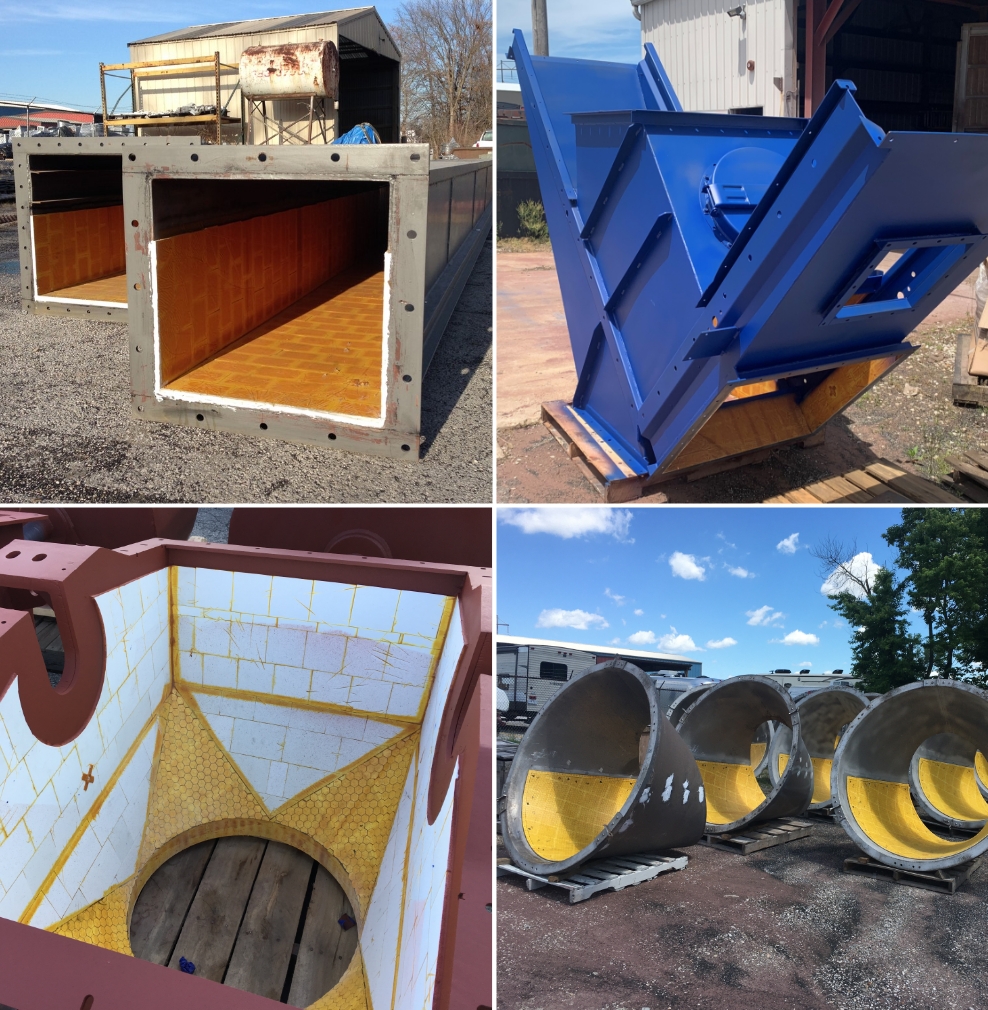
When you need something ceramic lined, we got you covered with CLS-4000™ Technology or more commonly referred to as “vacuum bonding.” This industry proven method of joining dissimilar materials uses high strength structural aerospace epoxies in place of less effective adhesives. By employing this technology for abrasion resistant applications, the resulting bond strength, increased impact strength and wear resistance material options are unmatched.
CLS-4000™ vacuum bonding provides opportunities to extend equipment life, reduce component weight and provide wear solutions for even the most complicated shapes. Deploying this technology over a wide range of industries has provided our customers money saving opportunities to refurbish old equipment, install wear panels only where needed and reduce downtime by relying on a wear resistant product they can count on.
CLS-4000™ products can withstand temperatures up to 350°F and with bond shear strengths exceeding 5,000 PSI we can provide solutions for your toughest environment.
When, Where and Why choose CLS-4000™ Technology?
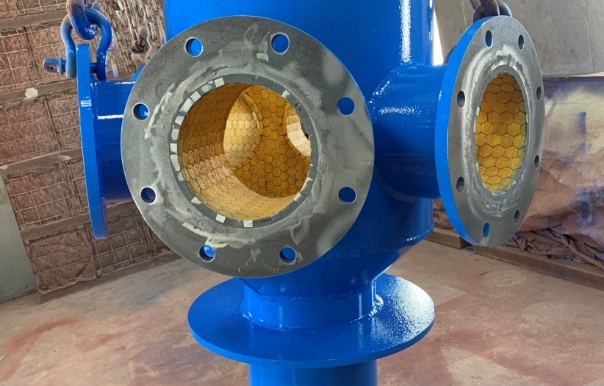
When
- Other adhesion methods have failed, greater impact resistance is needed and material loss could possibly damage other equipment.
- Component weight is an issue and using alumina ceramic versus CCO, AR plate or other hardened steels can lessen the load on motors, supports, gears and bearings
- Complicated shapes require an abrasion resistant lining
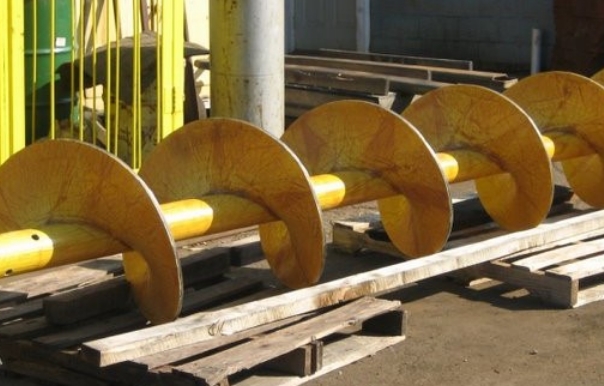
Where
- Dynamic applications like fans, screw conveyors and airlocks
- Surfaces that need to be machined, ground or honed to exacting tolerances
- Guaranteed bonding performance is a must.
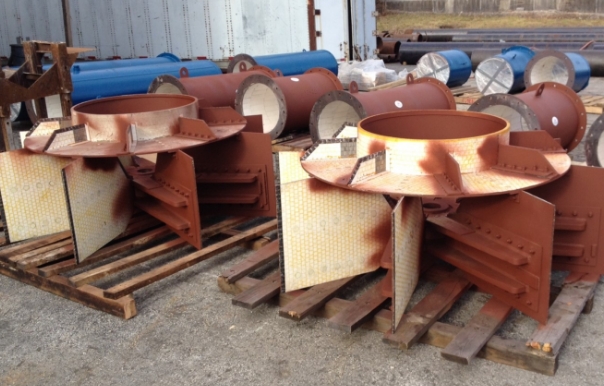
Why
- Because CLS-4000™ provides the highest bond strength, improves component flexibility and impact resistance on materials commonly used for severe abrasion applications
So Why choose CLS-4000™ Technology over other adhesion methods? It's strength is UNMATCHED making it the best wear solution money can buy!
Adhesive Comparison Chart
| CLS-111 (White) or CLS-444 (Red) |
CLS-773 | CLS-4000 | |
|---|---|---|---|
| TYPE | RTV Silicone | High Modulus Gel Epoxy | Toughened Epoxy Film |
| Color | White or Red | Gray | Yellow (250), Tan (350) |
| Hardness | 30 - 32 Shore A | 80 - 85 Shore D | n/a |
| Operating Temperature | 400° F (White) or 500° F (Red) | 180° F (Dry) or 130° F (Wet) | 250° F (Yellow) or 350° F (Tan) |
| Conditions | Dry | Wet or Dry | Wet or Dry |
| Applications | Flexible Substrates, Stationary Parts, Sealing/Gaskets | Rigid Substrates, Stationary Parts, Chemical Resistant | Flexible or Rigid Substrates, Moving or Stationary Parts, Impact Zones |
| Installation | CLSI Shop or Field | CLSI Shop or Field | CLSI Shop Only |
| Lap Shear Bond Strength1 | < 500 psi | 2,400 psi | > 5,000 psi |
| Adhesion | Good | Better | Best |
1. Lap Shear Bond Strength tested per modified version of ASTM D1002. Test performed with alumina ceramic tiles adhered to carbon steel substrate. Disclaimer: All data is for reference only, please contact your CLSI Sales representative to recommend a system suitable for your specific application. Rev 08/29/2019
Our CLS-4000™ will bend over backwards or take a beating. If your application is as severe as these pictures below, then this product is right for you!
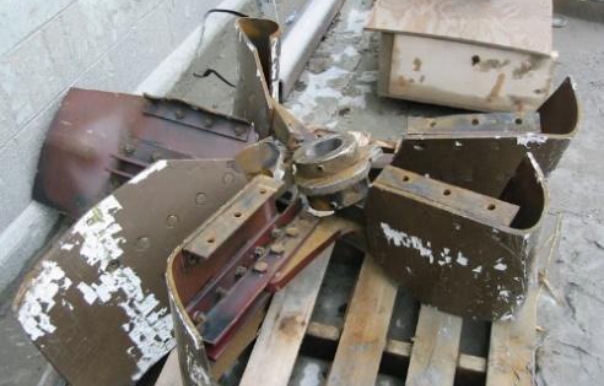
Fan Application Before

Durability
Test
Speak With a Specialist
If you have an application to discuss, or need technical assistance, please fill out the form below.

